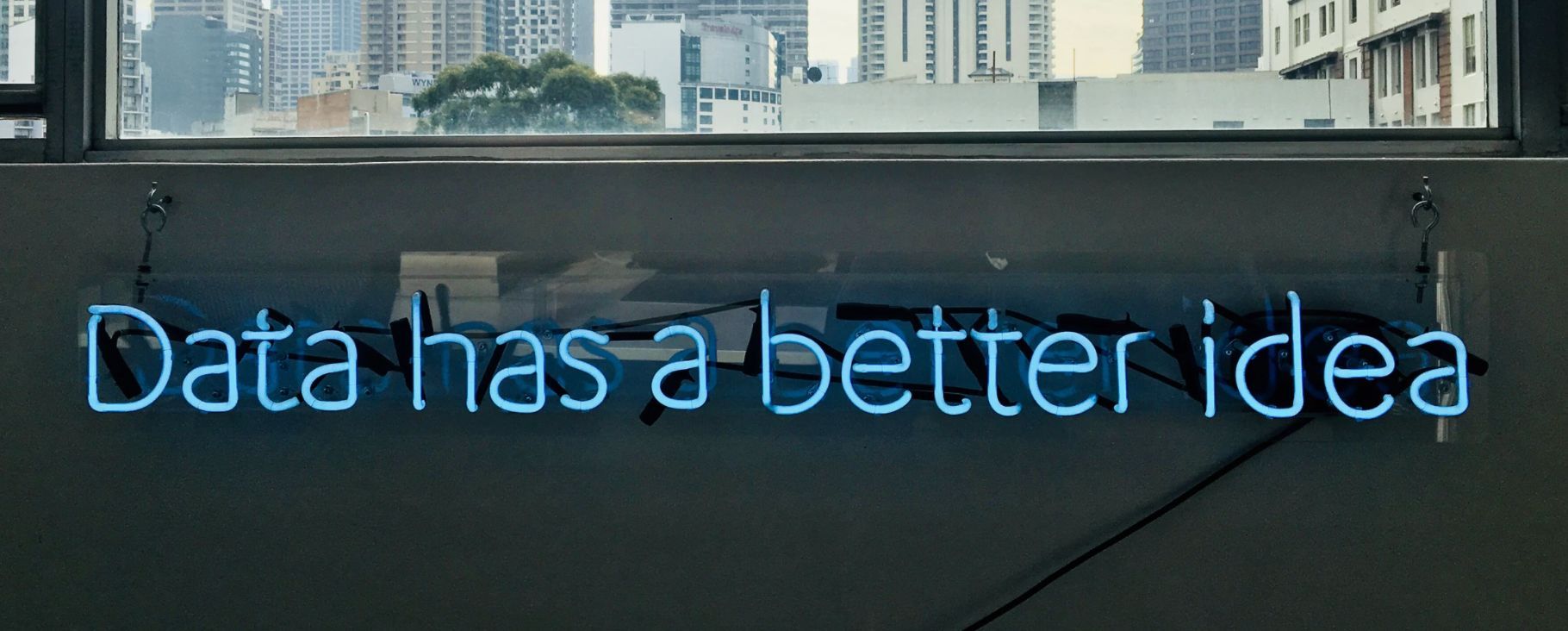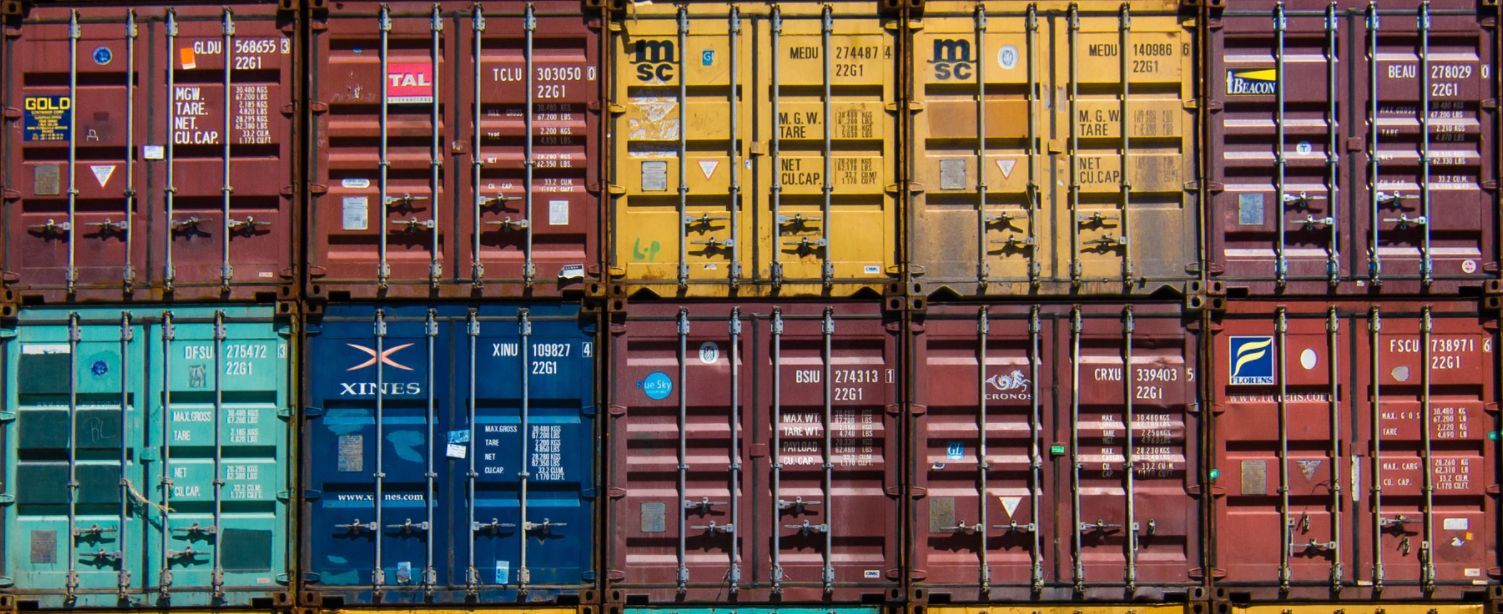The supply chain is a big beast and one that requires an intricate network of management. At first, it may be manageable, but visibility can become murky very quickly as a company grows. It’s becoming exceedingly crucial to be able to trace your entire supply chain from A to Z, so visibility is key.
With any business, profit loss and commodity waste are devastating, even ruinous. Hard work, a little luck, best practice and business savviness will only get you so far, but your system technologies and management practices will take you the rest of the way – if you get your formula right. Laying your foundation with crystal clear visibility and transparency will help you negate any potential blind spots and avoid financial faux pas.
Everything should be tightly woven within a supply chain to avoid chinks in the armour or loose links. This doesn’t mean they shouldn’t also be flexible. As such, department arms should be linked and operational procedures and processes uniform across the board – with the capability to pivot across the chain.
Consider these vital points to fortify your supply chain.
Business strategy
In the supply chain and the food industry, eCommerce and multi-enterprise – the ability to pivot, scale, and fluctuate with real-time demand is a smart strategy. Couple that with aligning business management and planning strategies around sustainability, compliance, partner collaboration, improving upon consumer care, commerce-ready inventory and replenishment, investing in smart and emerging technologies, e.g. blockchain, and yes, enterprise-wide visibility.
Creating an environment with the above attributes might sound lofty, but is an investment worth making.
Technology and investment
This next point is where the money goes and where it is saved. Invest in new, smart tracking technologies to trace materials from the origin and the first mile, to the factory, to the last mile, the end-user, and beyond to recycling/recirculating.
Think SCMS (supply chain management software) tech capabilities—forget reactive upgrades to old tech that was so yesterday—think proactive advancement, e.g. AI, machine learning, advanced analytics, real-time dashboards, supplier portals, and micro-fulfilment centres to name a few. Establish eagle-eye visibility everywhere through advanced analytics, sourcing and replenishment.
Aim for visibility everywhere in real-time always with accessibility for everyone and eliminate data levels to promote transparency, full disclosure, and accuracy.

Relationship management
Set up your ‘village’ – your partnerships within the supply chain. Establish and fortify relationships with your partners in the industry by offering incentives for positive collaboration, and show force by instituting penalties if corners are cut or practices, procedures, and processes are compromised, or your brand and reputation is jeopardised.
Knowing your contractors, subcontractors, and your sourcing options is not your prerogative, it’s your responsibility. Ensure your entire supply chain ecosystem’s partners are aligned in policy, procedure, and process.
Effect quality assurance with customer satisfaction and resolution through solid customer service and proactive communication practices. Garner positive consumer insight through genuine concern and continued care beyond making the sale.
Spend some time, love, and capital on your staff to make sure they are appreciated, have job satisfaction and upskilled training to feel personally invested.
Data management
Data has a lot to do with success and disaster in the supply chain. Keeping all your ducks in a row sounds simple enough yet the clutch always starts with 12-14 ducklings, give or take, and usually only one or two grow to maturity. Keeping data’ orderly’, accurate, up-to-date, visible, and accessible throughout the supply chain will keep your ducklings alive and healthy, so to speak.
Make sure your platform’s tech bundle provides robust data management. Data is your most precious currency next to your personnel.

Forecast management
One thing to note regarding prediction is that AI cannot predict human idiosyncrasies; we are full of complexities, one of which is our penchant for doing the unexpected, the erratic. We even have idioms for such occasions, such as ‘off the wall’ and ‘out of the blue’, even ‘thinking outside the square (box)’. AI cannot think outside the square, because it relies on data input to make calculated predictions.
For instance, could supply chain AI predict COVID-related panic-buying of toilet paper, hand sanitiser, and baby formula? Or can it predict store raids by a bunch of doomsday shoppers with a stack of coupons that have emerged from the bomb shelters and down from the mountains out of the blue? Not without special parameters and intricate algorithms put in place.
Demand forecasting is dynamic data inspired by human intelligence and experience and imperative tech to analyse buyer trends, seasonal planning, and exceptions to demand.
Order management
The food industry needs enterprise-specialised B2B order management and B2C eCommerce solutions for a food and beverage supply chain. The fulfilment of food products and services can be immensely time-sensitive. Sometimes almost immediate fulfilment is required, especially when you’re in the fast-food service, food made-to-order, or deal in other perishable products.
For all enterprise, focus on varied fulfilment opportunities such as dark stores and micro-fulfilment centres, and tech-driven delivery services, e.g. BOPIS (buy online, pick up in-store), BOPAC (buy online pick up at curbside), home delivery, D2C (direct to consumer) shipping, and same-day delivery.
Inventory management
This is an exciting area to work within the supply chain and crucial to focus on – some might argue the most important area – can this be stressed too much? Gone are the days of mass-producing merchandise to sit in a centralised warehouse to wait for global fulfilment. COVID taught or reiterated that point.
Inventory size is tricky to plan, harder to get right, and nearly impossible without dynamic, demand-driven inventory management. Your considerations should include shelf life, wasted, damaged, or lost inventory, and being commerce-ready by optimising inventory data to avoid inaccuracy, over-supply, or out-of-stock items.
Risk management
SCRM (supply chain risk management) – looks like ‘scream’, an ironic acronym? – is your strategic solution to assess and mitigate identifiable risks, such as disruption, delays, compliance, health and safety management, and auditing practices. Just because it isn’t sexy, doesn’t mean you should ignore it, not if you want to identify potential threats and implement pre-emptive or corrective measures with any immediacy. Awareness might be half the battle won or even be most of the way to a cure.

Logistics
Hardly last on the list by importance, logistics is a major component of the supply chain. It is with you every link in the chain. Whether it is local or global, if logistics are hindered, the supply chain links rust and crumble. Every household in the world must know this by now (thank you 2020).
One lesson learned and already touched on is decentralisation within the supply chain. When logistics are limited or halted in one or more parts of the chain, the cards start to fall until the whole house collapses. One way to ease the burden is to establish localise operations into micro-fulfilment hubs. Focus-in on new logistics tech to get ahead and stay on top.
In conclusion
Companies are responsible for the provenance of its resources as concerns for ethics, the environment, health and safety, security, and competitor-sabotage are at risk within the supply chain, and for the few, even international espionage. Still, the supply chain is a huge beast that can be hard to watch fully.
Your tech stack with AI and machine learning might be able to root out most of those blind spots.
That’s why having the proper tech and orderly business management solutions in play are imperative to the wellbeing of your enterprise.







